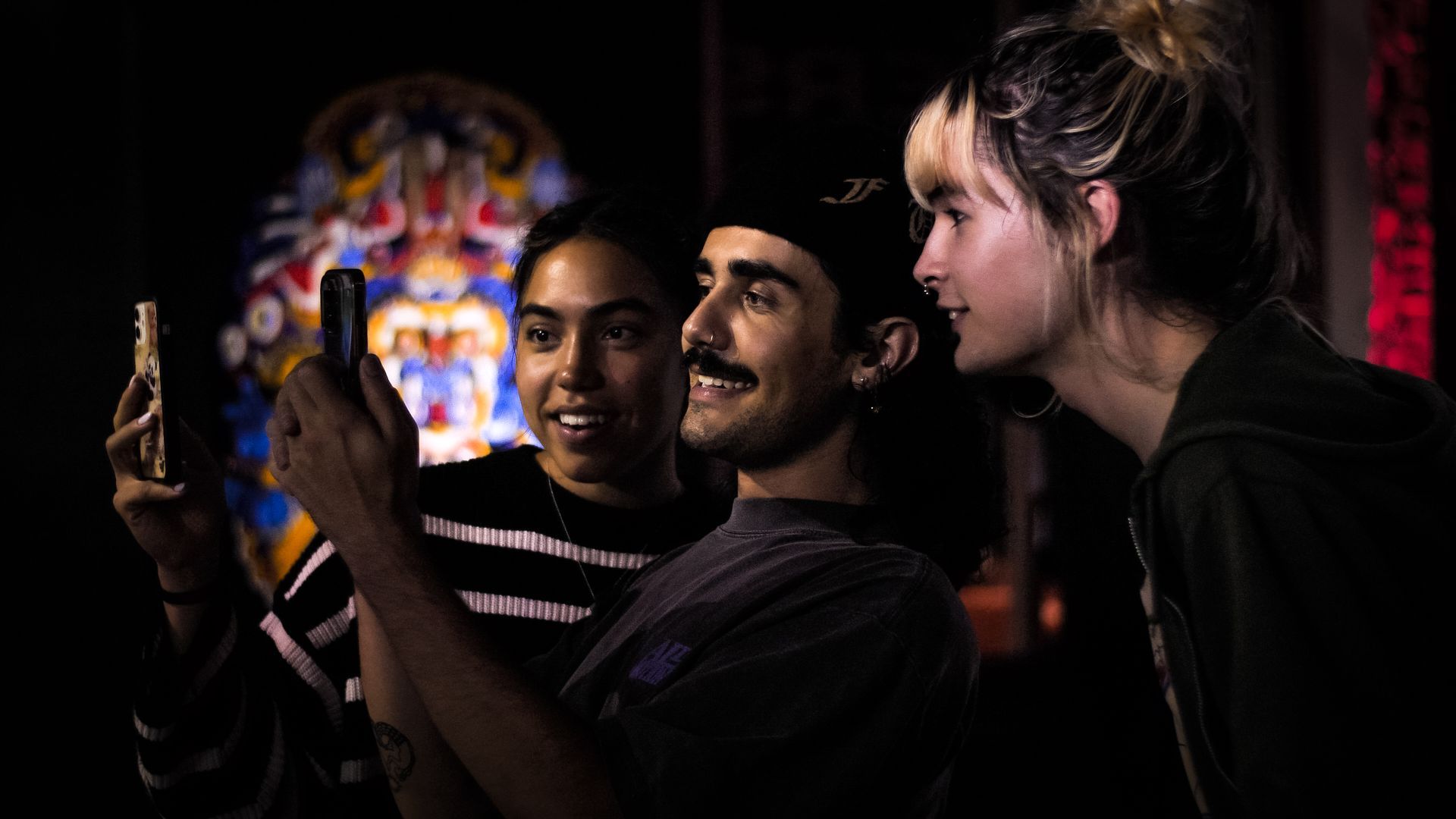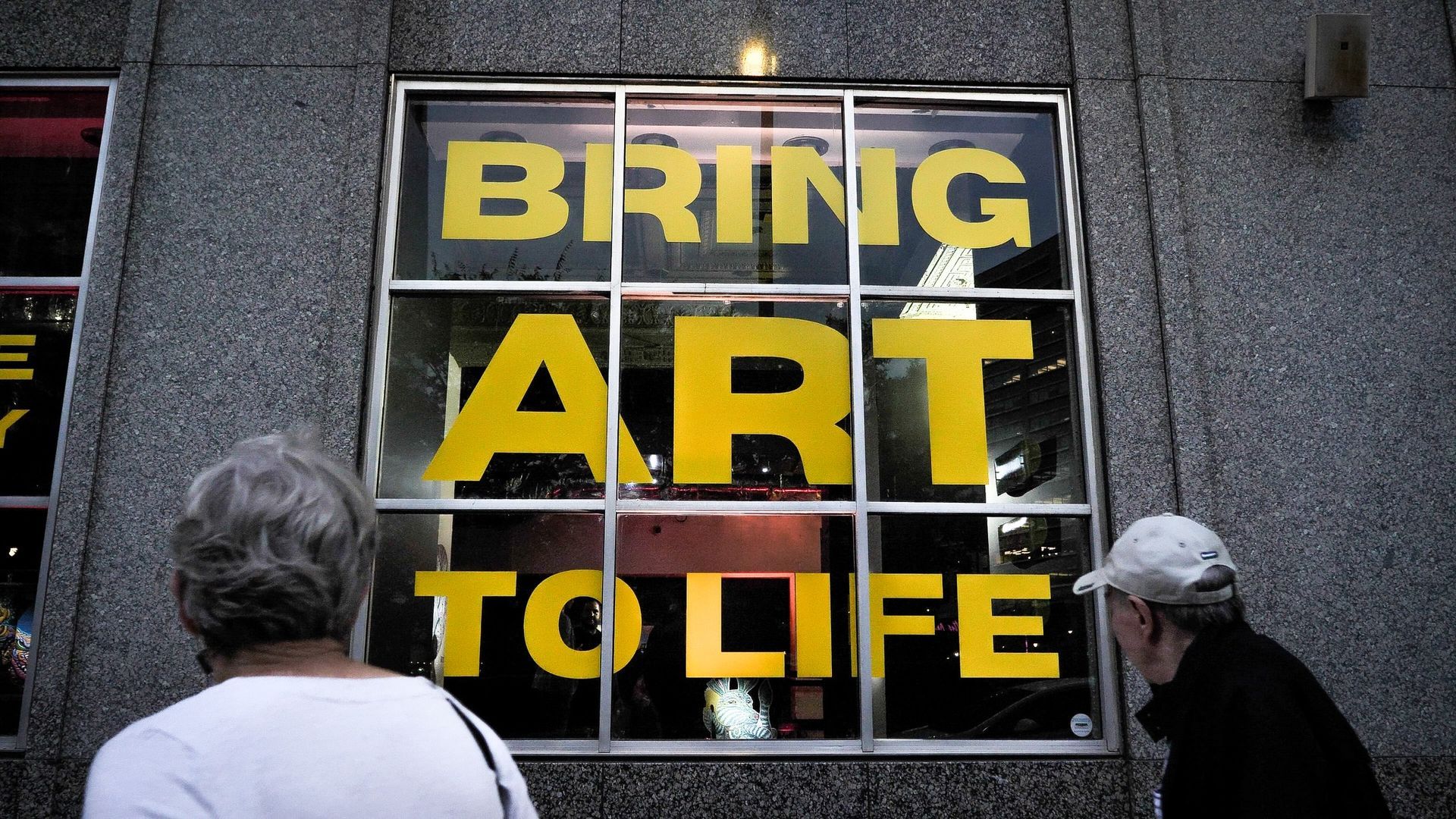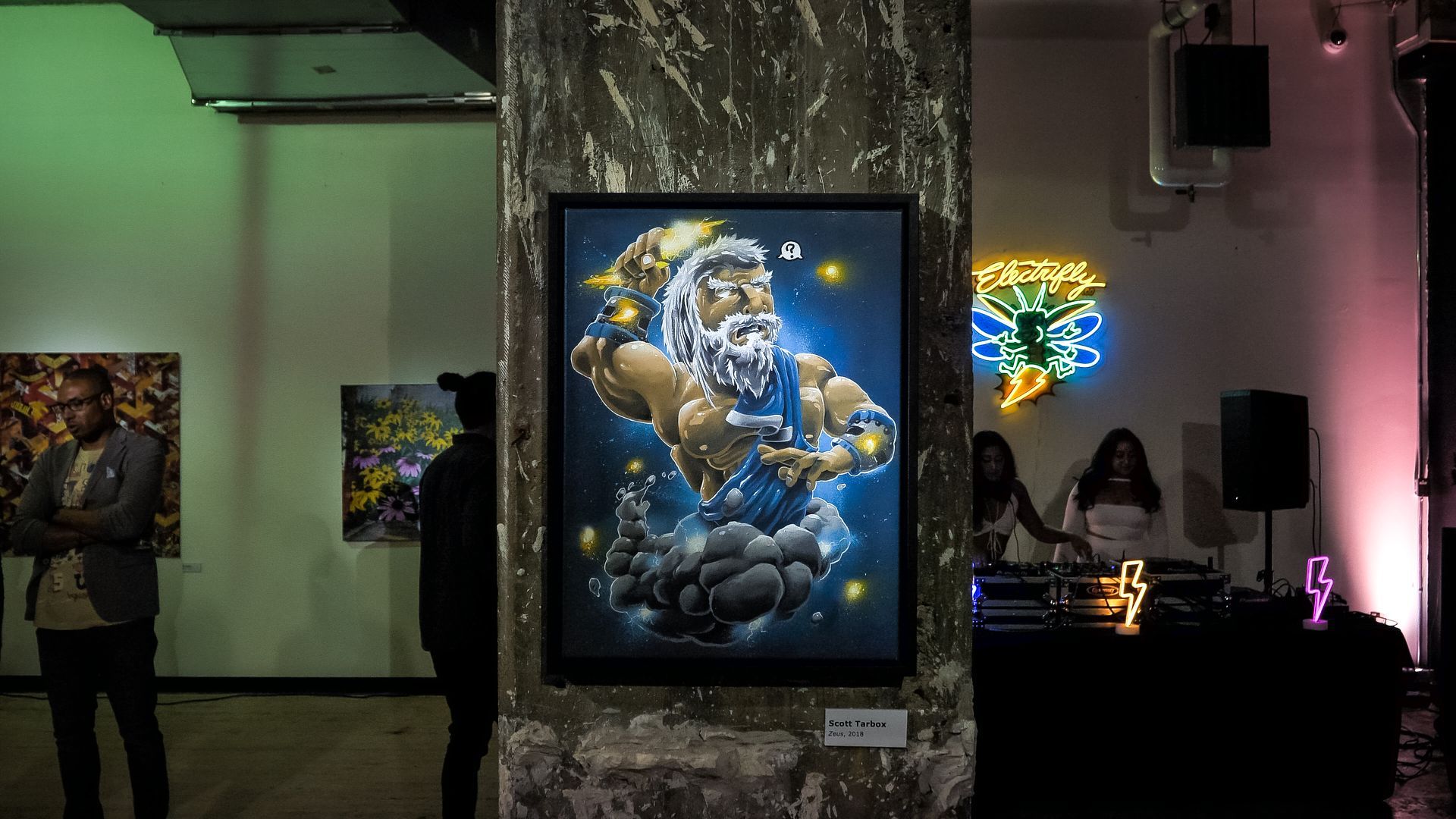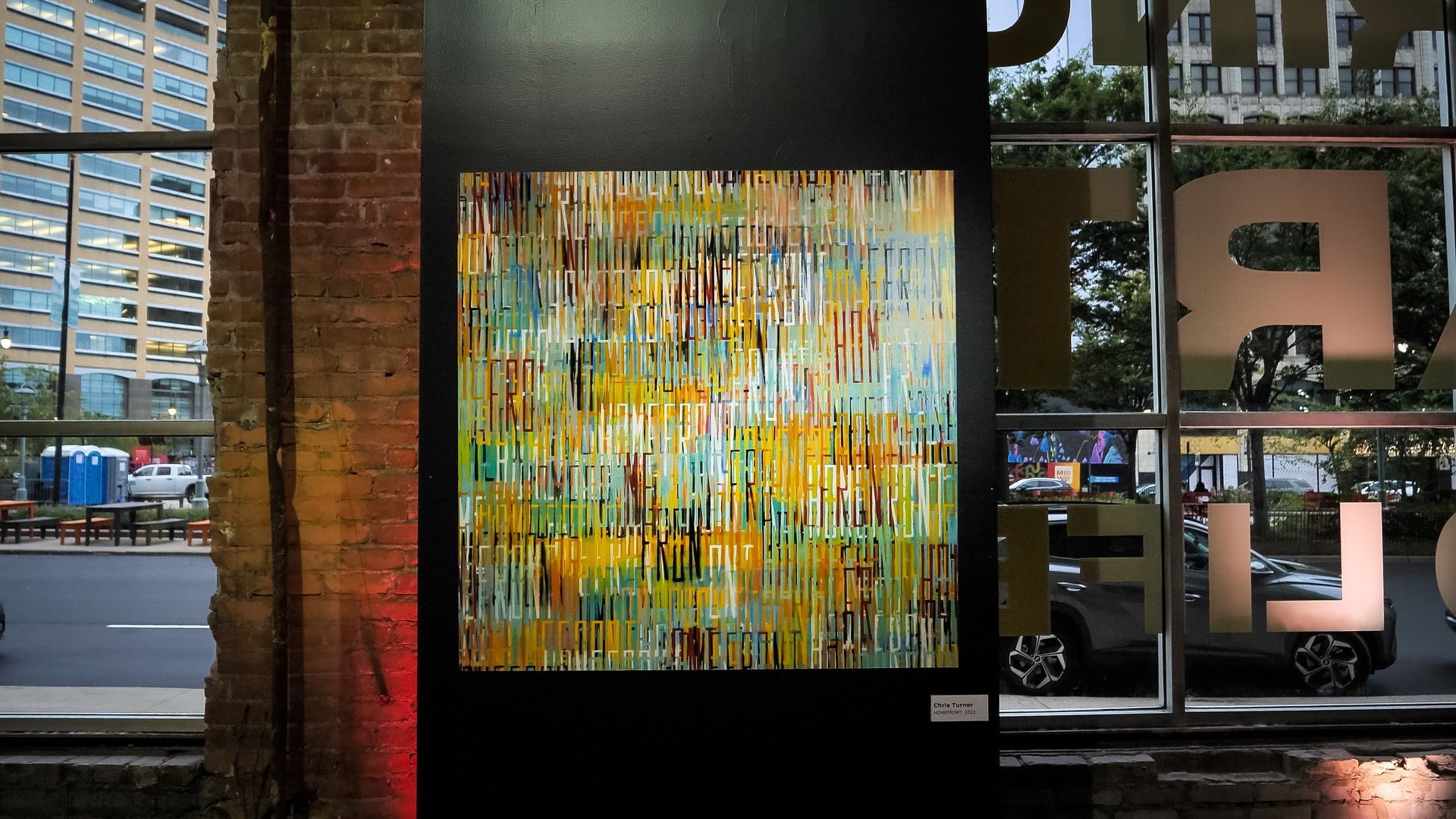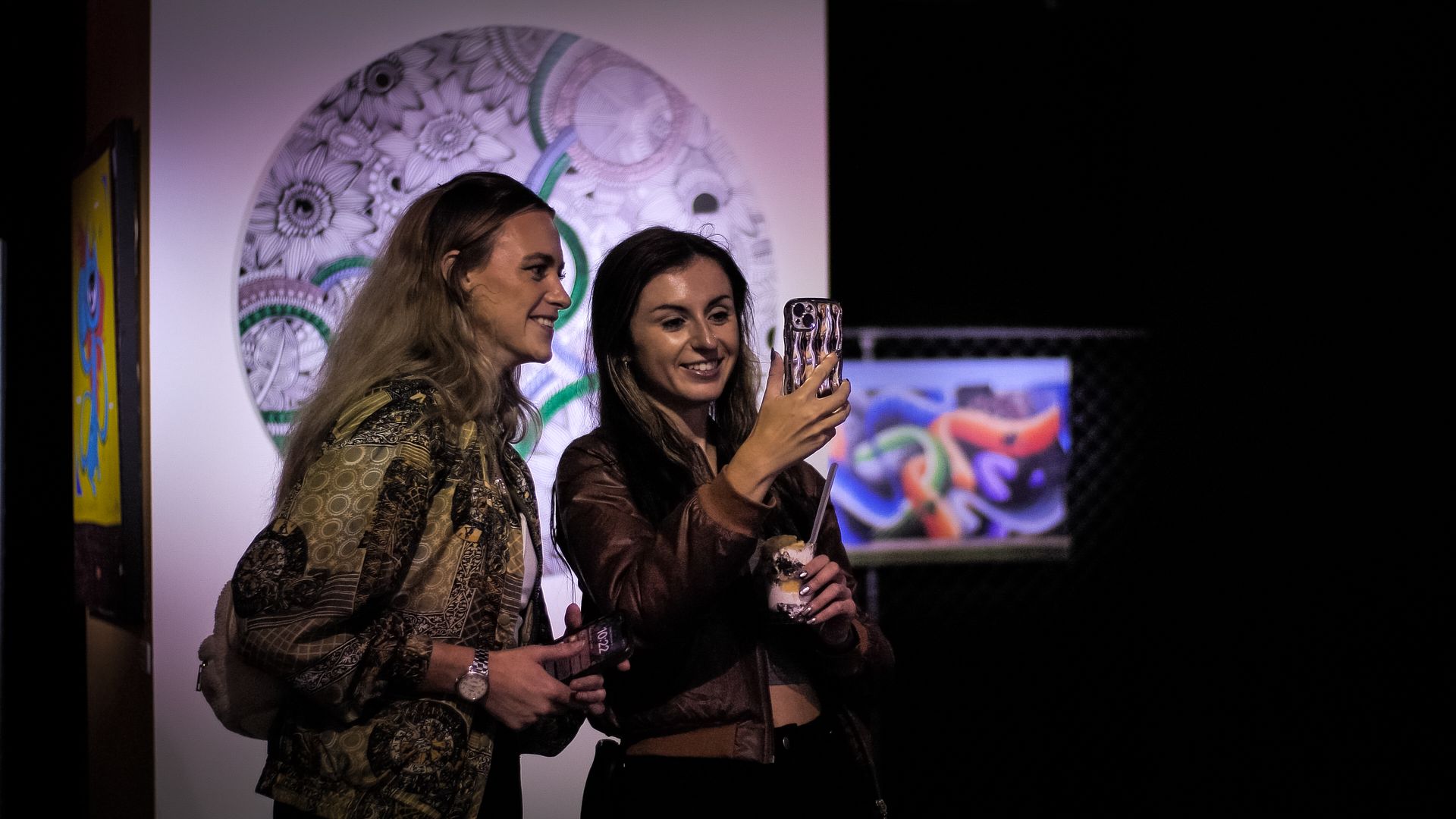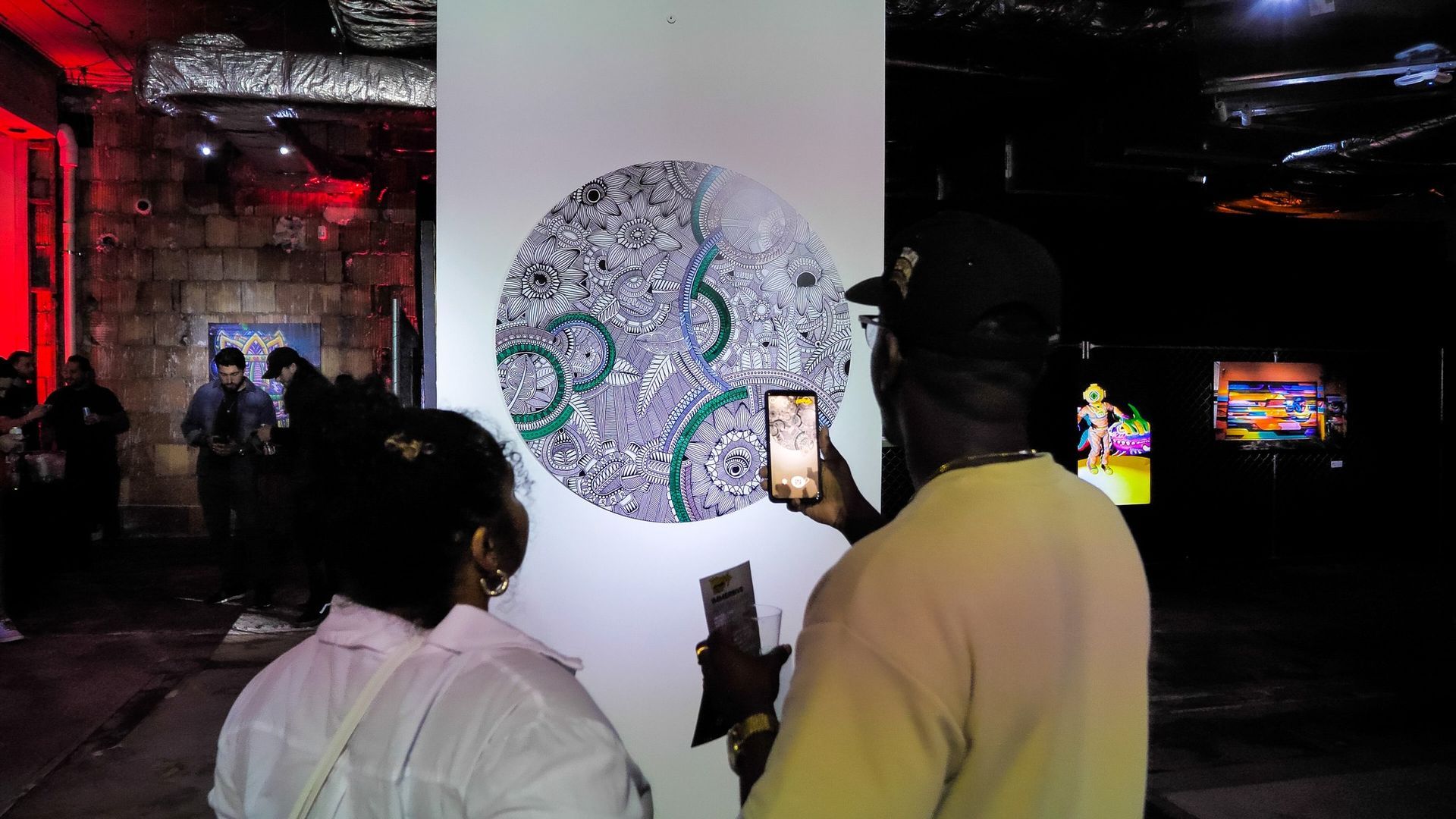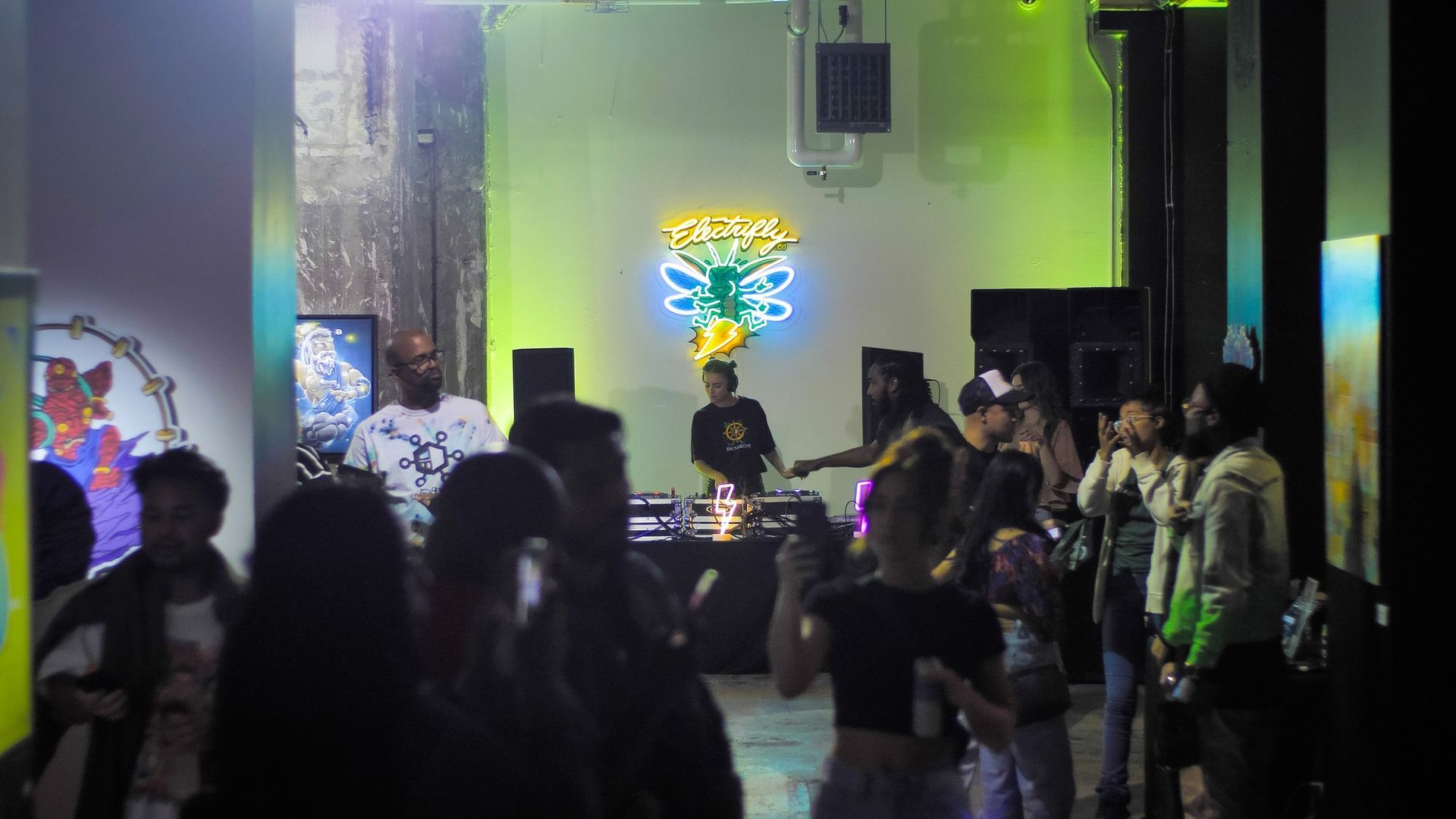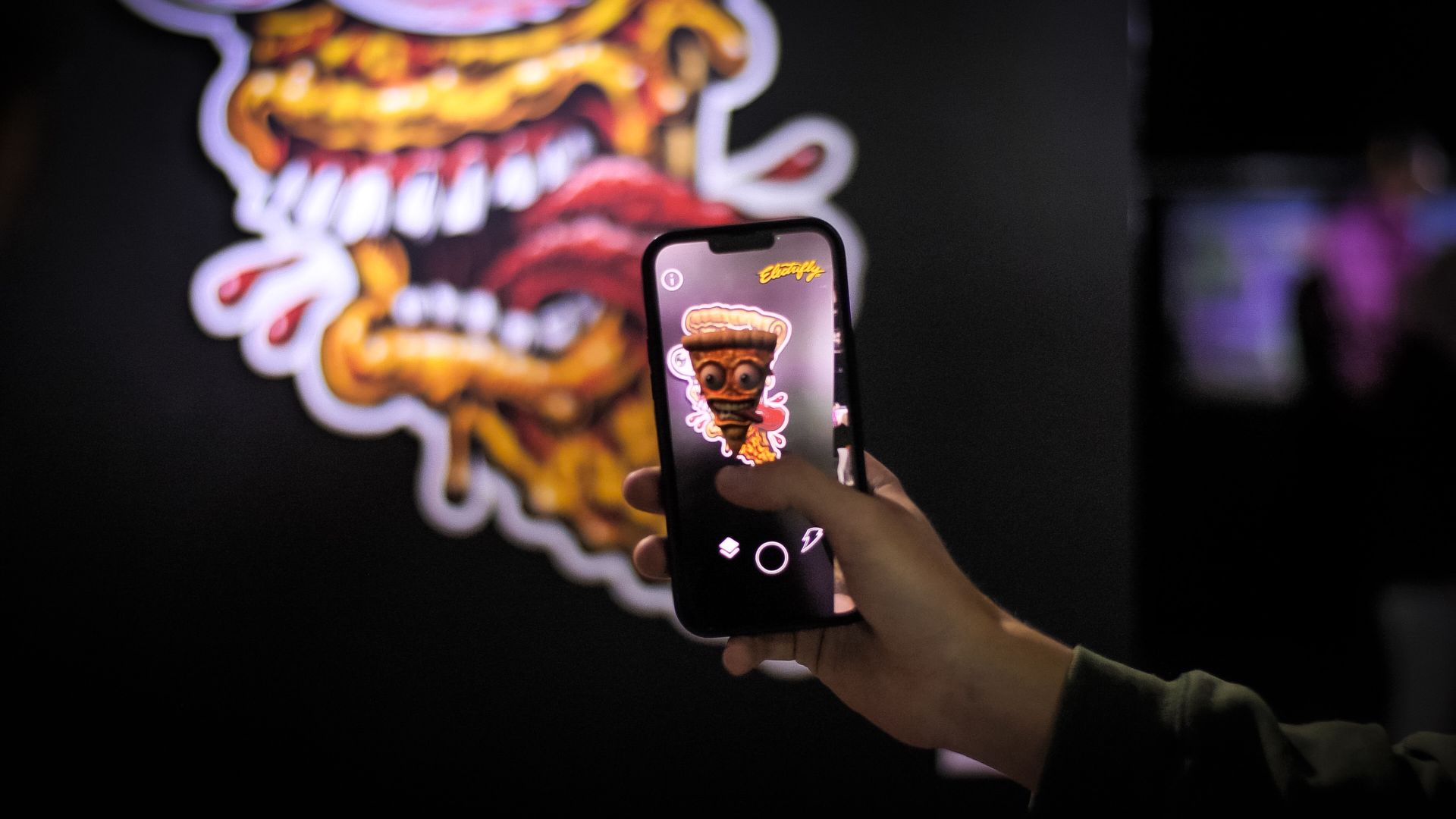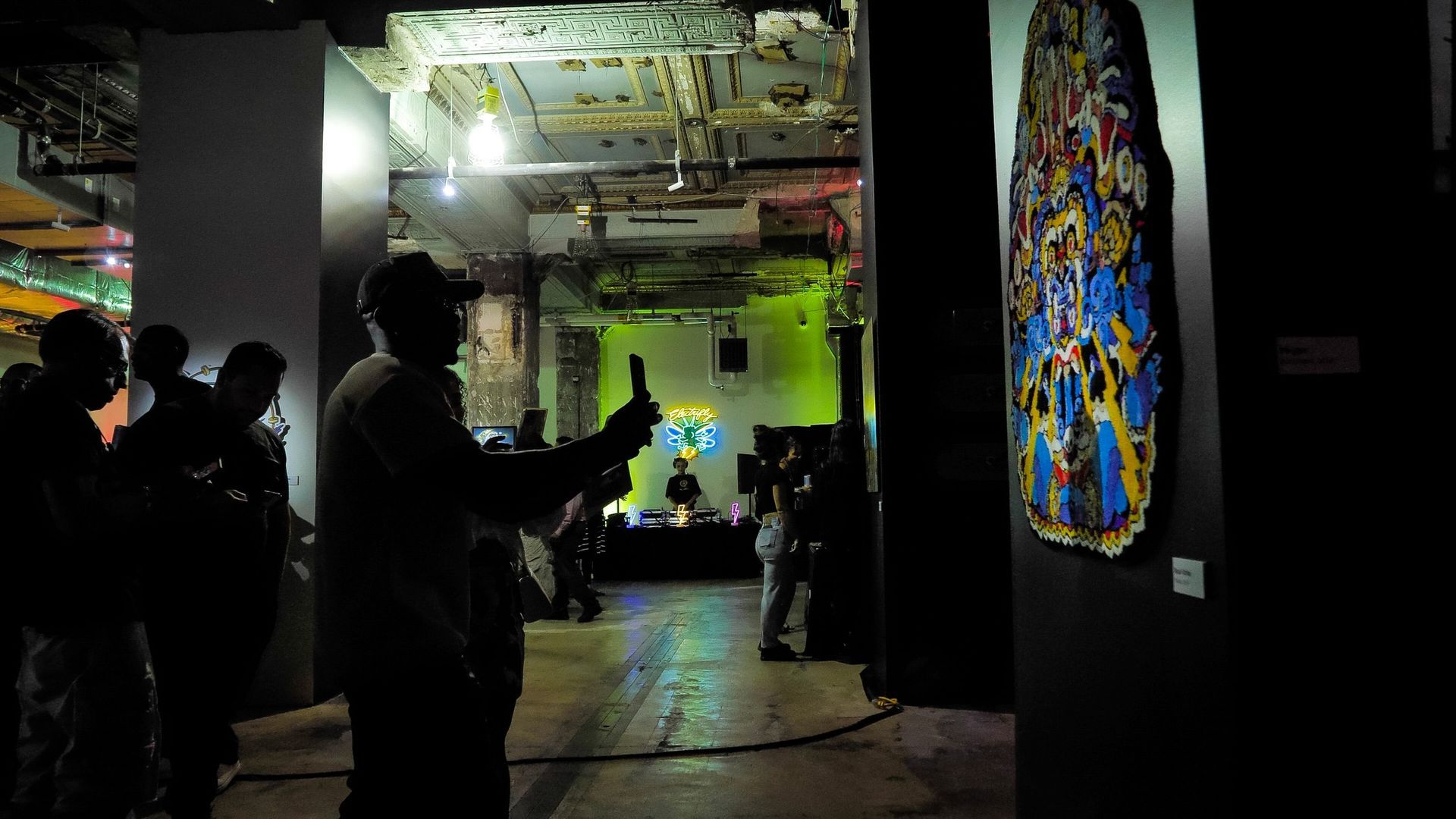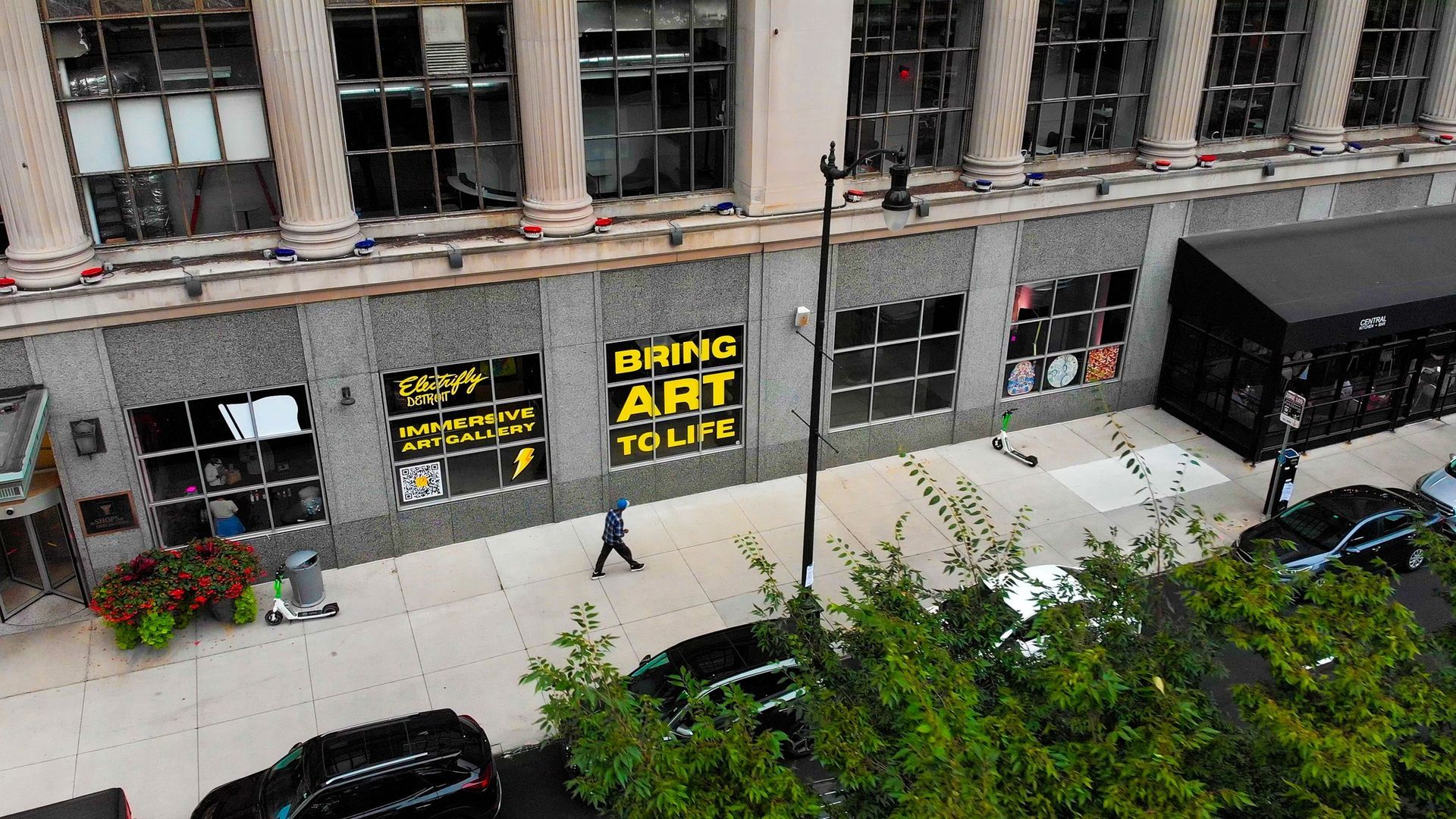Rent an Immersive Art Exhibit
Bring Art to Life with Immersive Art Experiences!
What is an Immersive Art Gallery?
Exploring the World of Immersive Art Galleries
The art world is constantly evolving, and one of the most exciting developments in recent times is the rise of immersive art galleries. These spaces offer a new way to experience art, one that engages the senses and invites participation. But what exactly is an immersive art gallery, and why are they becoming so popular?
Introduction to Immersive Art
Immersive art is not just about looking at paintings on a wall. It's about stepping into a world created by artists, where every detail is designed to create an all-encompassing experience. It's art you can walk through, interact with, and be a part of.
The Anatomy of an Immersive Art Gallery
An immersive art gallery is designed to offer a holistic sensory experience. It's not just about what you see; it's about what you feel, hear, and sometimes even smell. The visuals in an immersive gallery are often dynamic, surrounding the viewer with moving images that may change in response to the audience's interactions. Soundscapes are just as important as the visual elements in immersive galleries. They add depth and emotion to the experience.
The Evolution of Art Galleries
Art galleries have come a long way from the quiet, contemplative spaces they once were. Today, they are dynamic environments where art leaps off the walls and into the space around you.
From Traditional to Immersive Experiences
The journey from traditional galleries to immersive ones has been driven by a desire for more engaging and interactive art experiences. This shift has transformed the way we understand and appreciate art.
The Role of Technology in Immersive Art
Technology plays a crucial role in immersive art galleries. From immersive art Apps like Electrifly, to Projection Mapping to Generative AI, new technologies allows artists to create environments that were once impossible.
Space and Design Considerations
The design of the space is critical. Every element must work together to support the immersive experience, from the flow of the rooms to the lighting. The Electrifly Immersive Art Gallery has over 50 immersive art pieces to choose from so we can accommodate spaces that range from 500 to 5,000 sq ft.
The Sensory Journey in Immersive Art Galleries
Immersive art galleries are designed to take visitors on a sensory journey. This journey is crafted through visual, auditory, and tactile elements that work together to create a holistic experience.
Collaborative Artistic Expressions
Immersive art is often the result of collaboration, bringing together artists from various disciplines to create something truly unique.
The Audience's Role in Immersive Art
In immersive art galleries, the audience plays an active role. Their presence and participation can change the art itself, blurring the line between artist and observer.
Participant vs. Spectator
The shift from spectator to participant is a defining feature of immersive art. Visitors are no longer just viewers; they are an integral part of the experience.
The Emotional Impact on the Audience
The immersive experience can have a profound emotional impact on visitors, creating memories and feelings that last long after they leave the gallery.
Economic Impact and Popularity
These galleries have become popular tourist attractions, contributing significantly to the local economy and the broader art market.
Conclusion
Immersive art galleries offer a new way to experience art—one that is engaging, interactive, and deeply memorable. They represent a bold step forward in the evolution of artistic expression, one that invites us to step into the art and become part of it.



